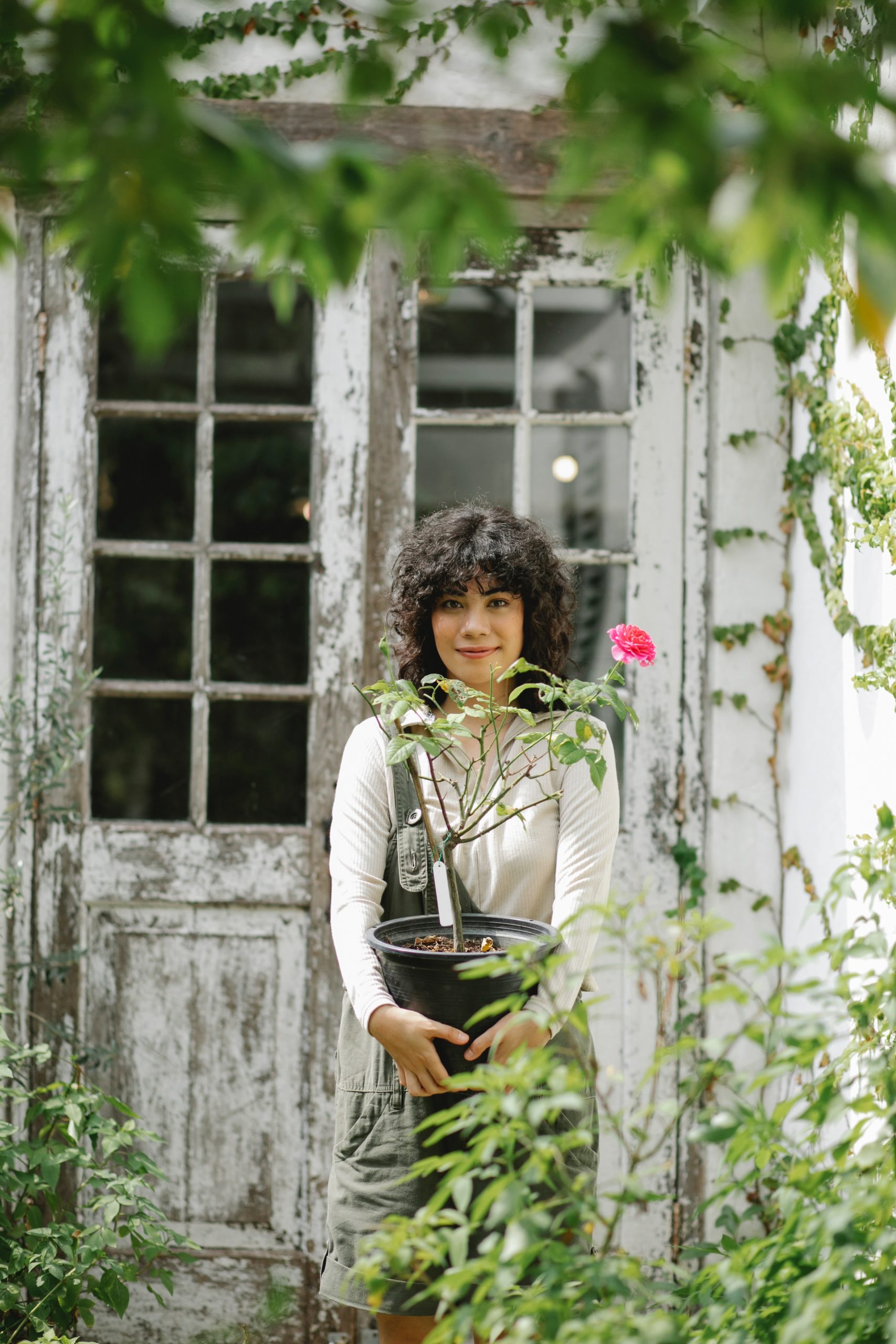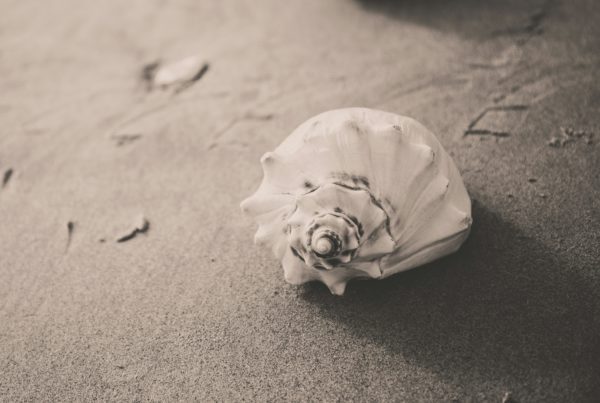‘Women Holding Things’ is the title of a beautiful collection of illustrations by the artist Marina Kalman (2022, New York: Harper). Flip to any page and you will find an insightful, freshly drawn illustration of ‘woman holding red balloons’ or ‘woman holding opinions about modern art’ or the ‘ill poet Rachel Bluwstein holding her cane near the Sea of Galilee’. This collection is a tribute to women everywhere who hold, as Kalman puts it:
‘The home and the family
And the children and the food
The friendships.
The work.
The work of the world.
And the work of being human.
The memories.
And the troubles
and the sorrows
and the triumphs.
And the love.’
(Kalman, 2022, p. 2).
It has become fashionable to talk, or sing, of letting it go. There are things that women hold that we would be wise to let go of. But Kalman’s illustrations are of women tenuously holding on to things, carrying things that are meaningful even as they are burdens. Women fight for the right to hold things, the vote, equal pay, and maternal health care. God knows all the things that we hold on to and the ways in which they form us.
There are accounts of women holding things throughout the scriptures consider Miriam, Sarai, Hannah, Naomi and Ruth, Esther, Elizabeth, Mary, Martha, Lydia, Dorcas, and Junia; even Jael and that tent peg[1]. As these women would have told you, their stories were not about letting go, they were recorded because God made these women, and the things that they hold, essential to the unfolding story of the gospel.
Two examples, one each from the Old and New Testament, demonstrate this: The Widow of Zarephath and the woman who anointed Jesus at Bethany (1 Kings 17; Matthew 26; Mark 14, Luke 7, and John 12). God does not choose to save his prophet Elijah or relieve the suffering of Israel by taking famine away, but by introducing Elijah to a poor widow and her son who have nearly reached the point of starvation. The book of Kings records that the woman was down to her last handful of flour and drop of olive oil. The Widow of Zarephath plays only a tiny role in Elijah’s story but her future and his are provided for because she holds on to her responsibility to honour a guest. In Jewish tradition, if you open your home to somebody you then become responsible for their well-being.
John’s gospel identifies the woman who anointed Jesus at Bethany as Mary, the sister of Martha and Lazarus. Martha was the stretched, tired woman who held on to worry and work when Jesus visited her home; Mary chose to rest in the present presence of Jesus. They both saw Jesus raise their brother from the dead, and both were is a close friends of the Rabbi and teacher from Nazareth. Mary carried extravagant perfume, in an alabaster jar, poured it and wiped the feet of Jesus with her hair. We can imagine that she is holding thankfulness in her heart, she is holding the same obligations to hospitality as the Widow of Zarephath, and she is holding her sexuality. Mary is anointing Jesus for burial, she holds his body.
We should call to mind regularly the things that women hold and pray for them. Write a list of the things that you hold, the things that the women in your team hold, and the things that the girls, the future women in your student body, hold. It is likely that this list will touch on all aspects of the families, friendships, material resources, relationships, personhood, suffering, and joys of your community. Pray for them, share them, hold on to them, and anoint them before God.
Editor’s Notes:
US readers can find a copy of Women Holding Things here. Canadian readers can use this link.
This article was originally published in July 2023 and re-shared in 2024 with the hope that it continues to encourage our readers.
[1] The book of Judges records that Jael delivered Israel from the army of Canaan by driving a tent peg through Sisera’s forehead. Judges, 4:21.



